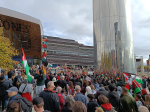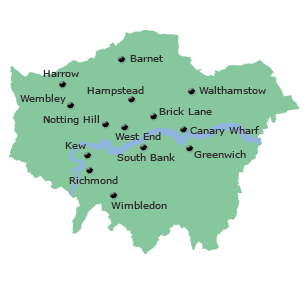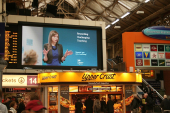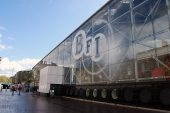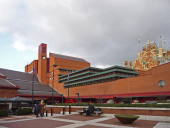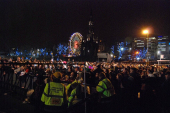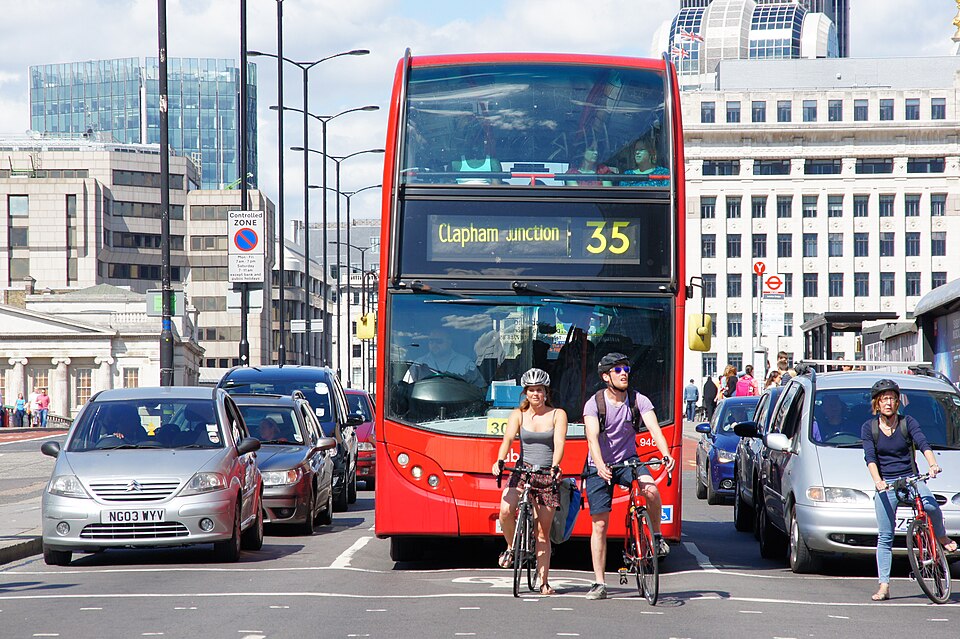
London’s transport network faced chaos this morning, May 15, 2025, as multiple Transport for London (TfL) lines reported severe delays during the rush hour, stranding thousands of
commuters. The disruptions, which began around 6:30 AM, affected the Northern, Piccadilly, and District lines, with TfL citing signaling failures and an unspecified incident at King’s Cross as the primary causes. The timing, coinciding with the peak commute, amplified the impact, leaving platforms overcrowded and buses overwhelmed as passengers sought alternatives. Social media erupted with frustration, with commuters posting images of packed stations and venting about TfL’s response. One X user described the scene at Euston as “absolute pandemonium,” echoing sentiments from a similar disruption reported yesterday by @standardnews.
TfL issued a statement at 8:00 AM, apologizing and urging passengers to check live updates via their app. The Northern Line was partially suspended between Camden Town and Kennington, while the Piccadilly Line saw delays between Acton Town and central London. The District Line faced intermittent halts, particularly at Earl’s Court. TfL’s press release hinted at a “technical fault” but provided no timeline for resolution, drawing criticism for lack of transparency. By 9:30 AM, minor improvements were reported, but full service remained disrupted. The incident underscores ongoing concerns about TfL’s aging infrastructure, a topic raised by the London Bus Alliance earlier this week, which called for urgent action to modernize services.
The economic toll is significant, with businesses in the City reporting late arrivals and disrupted meetings. Commuters like Sarah Thompson, a nurse from Islington, told reporters she missed a critical shift change at St. Thomas’ Hospital. “It’s not just inconvenience—it’s lives,” she said. Mayor Sadiq Khan, already under scrutiny for transport policies, faces renewed pressure to address TfL’s reliability. Critics point to his green belt housing plans, reported last week, as a distraction from core infrastructure needs. Meanwhile, c2c Rail, which serves East London, announced additional services to ease pressure, a move praised by commuters but insufficient to offset TfL’s woes.
The disruption also highlighted inequalities in London’s transport network. Outer boroughs like Croydon and Enfield, reliant on TfL connections, were hit hardest, with some residents waiting over an hour for buses. Advocacy groups are now calling for a public inquiry into TfL’s resilience, arguing that recent job cuts and budget constraints have compromised service quality. As Londoners await updates, the morning’s chaos serves as a stark reminder of the city’s dependence on a fragile transport system. Full recovery is expected by midday, but the incident will likely fuel debates about TfL’s future funding and management. Photo by Chris Sampson, Wikimedia commons.











